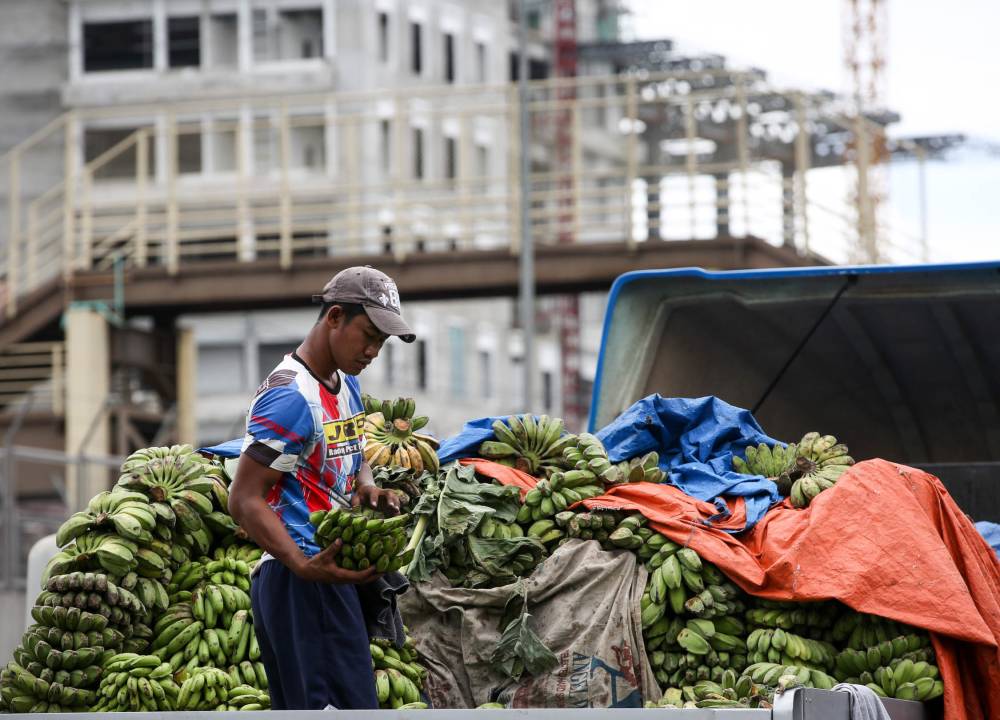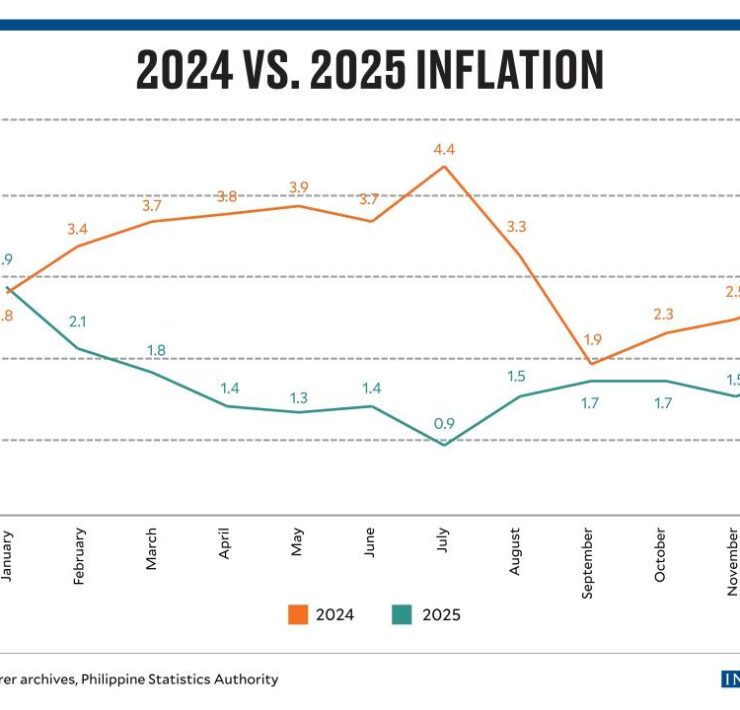June trade deficit narrowed further to $4.3B

The country’s trade gap went down to its narrowest in three months as exports saw a double-digit decline due to unfavorable base effects from last year while lower commodity prices dragged the growth in imports.
Preliminary data from the Philippine Statistics Authority (PSA) showed the trade-in-goods balance — the difference between exports and imports — amounted to a $4.30 billion deficit in June, narrowing from the $4.71-billion shortfall recorded in the previous month, but still wider than the $3.94 deficit last year.
This was the narrowest trade gap in three months or since the $3.35 deficit in March.
Total sales of local goods declined by 17.3 percent year on year to $5.57 billion in June, falling further from 3.1 percent and 0.2 percent contractions recorded in the previous months and July 2023, respectively.
By value, export receipt in June was the lowest in more than a year or since $4.92 billion in April 2023.
“In terms of the collapse in exports, it’s worth bearing in mind that base effects were still quite unfavorable for this latest report. Nonetheless, the huge drop reflects in part a marked deterioration in monthly momentum seen throughout the second quarter and, in June specifically, the damage was caused in large part by a big monthly pullback in shipments to developed markets, particularly Japan and the US,” Pantheon Macroeconomics economist Miguel Chanco said.
“The pullback in demand from both isn’t exactly surprising when considering that Japanese economic growth remains subdued and the cyclical upswing in the US is starting to turn a corner,” Chanco added.
Despite the worrying decline of export, Chanco expressed optimism as the Philippines export growth often follows Korean export trends due to the latter’s significant role in the global semiconductor market. He said that the Korean exports are currently stable.
John Paolo R. Rivera, senior research fellow at Philippine Institute for Development Studies said the setback in exports may be due to low production as high local demand is consuming more of the available output, leaving less for export.
Meanwhile, the country’s merchandise imports fell by 7.5 percent year on year to $9.87 billion in June.This was a reversal from the previous month’s 1 percent growth. The contraction, however, was still lower than the 14.8 percent decline in June 2023.
Import bill in June was the lowest level in three months or since the $9.57 billion in March.
Chanco attributed the “ weaker-than-expected” import growth due to lower commodity prices. He stressed that the sluggish demand for real imports including capital and consumer goods reflects the broader economic slowdown in the country.
Both capital and consumer goods fell in June, logging in a 8.8 percent decline to $2.82 billion and 7.3 percent to $1.90 billion, respectively.
In terms of commodity group, electronic products had the largest decrease amounting to $965.14 million. Trailing behind are cathodes and sections of cathodes of refined copper with a $97.13 million-shortfall and other manufactured goods with $59.99 million.
The Development Budget Coordination Committee projects 5 percent and 2 percent growth in exports and imports, respectively, for this year.





















